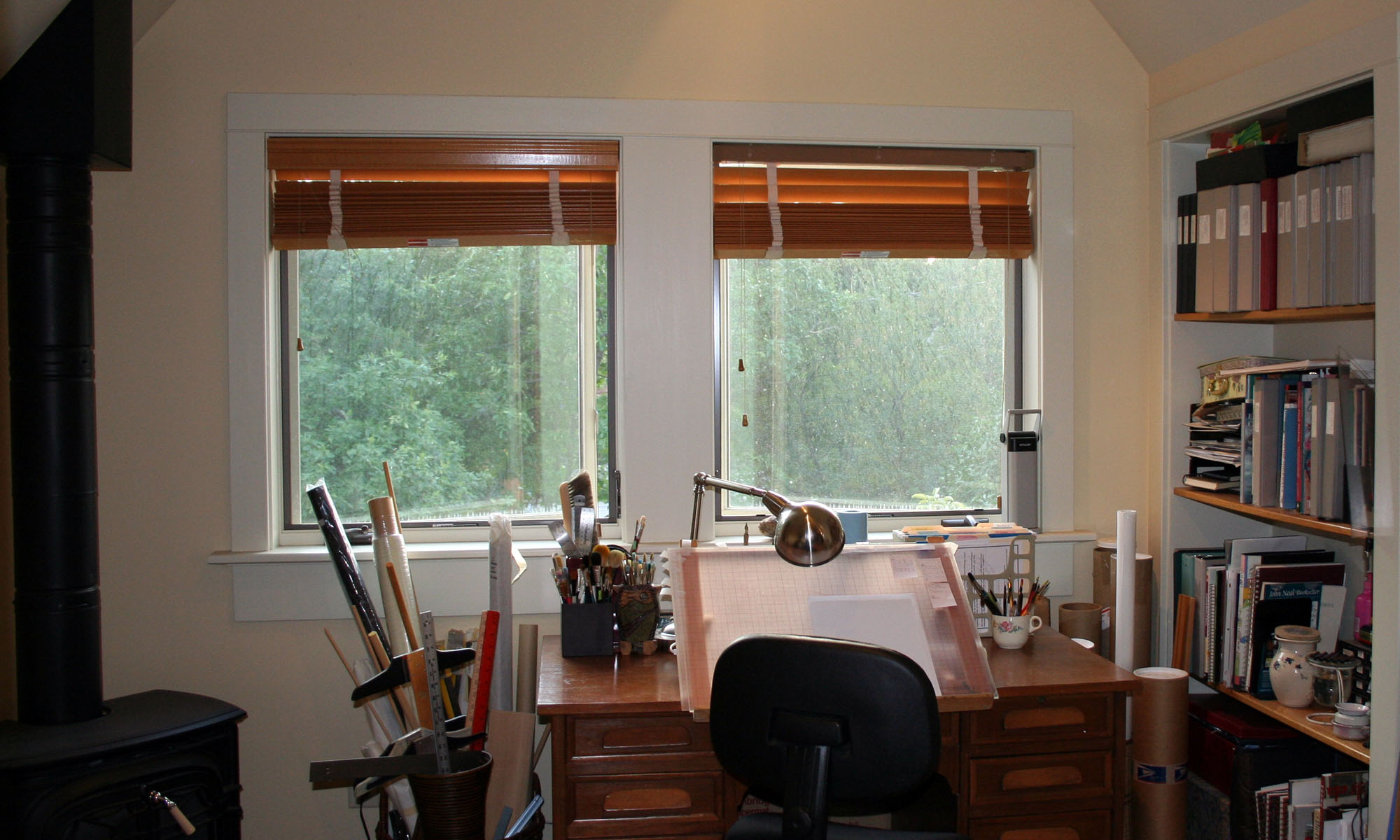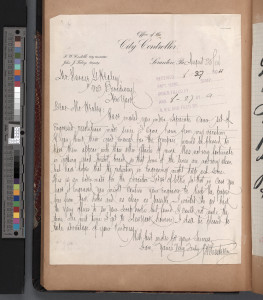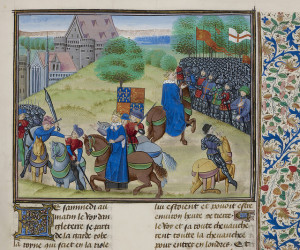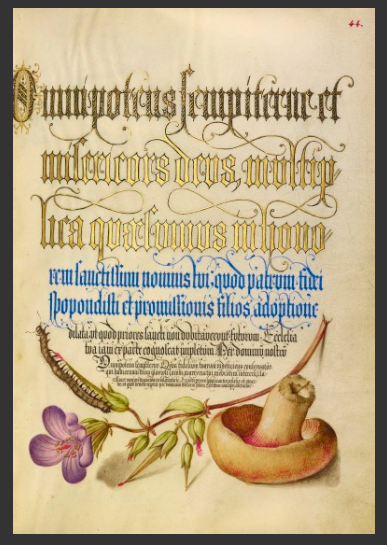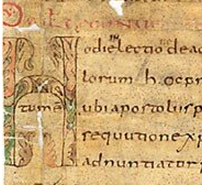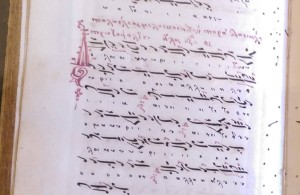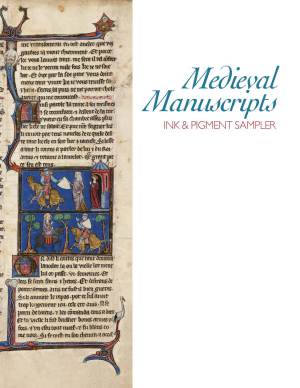This was posted within the past week; I saw it in several places:
- 2,500 Japanese woodblock prints including some amusing prints depicting London life by a Japanese printmaker who never visited London. I just read about this one this week.
And these are all historical manuscript collections which I return to from time to time:
- Manuscripts of Lichfield Cathedral, including (according to my notes):
- St. Chad Gospels – c. 730. Blend of Irish and Anglo-Saxon influences; think Lindisfarne Gospels and Book of Kells, both written a little later; it includes the earliest surviving examples of Old Welsh writing. Celtic half-uncial.
- Wycliffe New Testament – late 1400s; insular gothic style.
- Iliad, 10th century manuscript, Venetus A
- Magna Carta at the British Library.
- Qur’an, 14th century Cairo.
- Hebrew Bible, 1482 Lisbon by Samuel ben Samuel Ibn Musa
- Voynich Manuscript, end of 15th century
- da Vinci’s notebook at the British Library
- Ethiopic bible, 15th century
- Mozart’s notebook
- Jane Austen’s handwritten juvenilia
- Notebook of William Blake
- Great Isaiah Scroll, c.125 BCE, one of the Dead Sea Scrolls discovered in the 1970s
- Lindisfarne Gospels, late 7th century
And, while I was drafting this post, this came my way: a comprehensive list of online collections, twitter accounts and blogs having to do with medieval manuscripts. Wonderful! The article is by Robert Miller at College and Research Libraries News, via the Book-Art-L.
